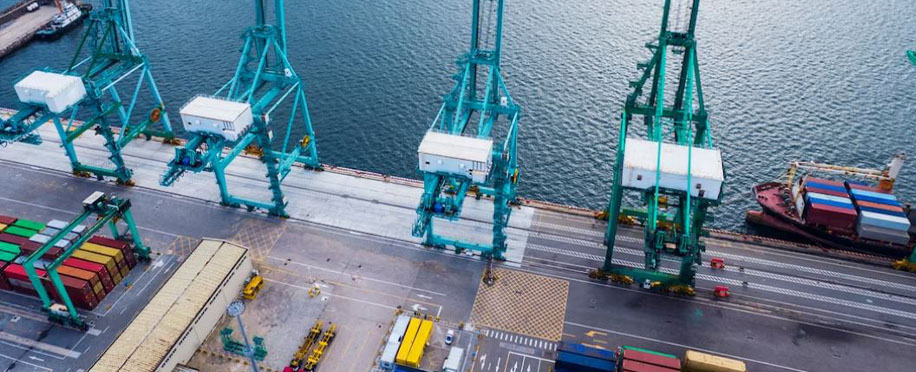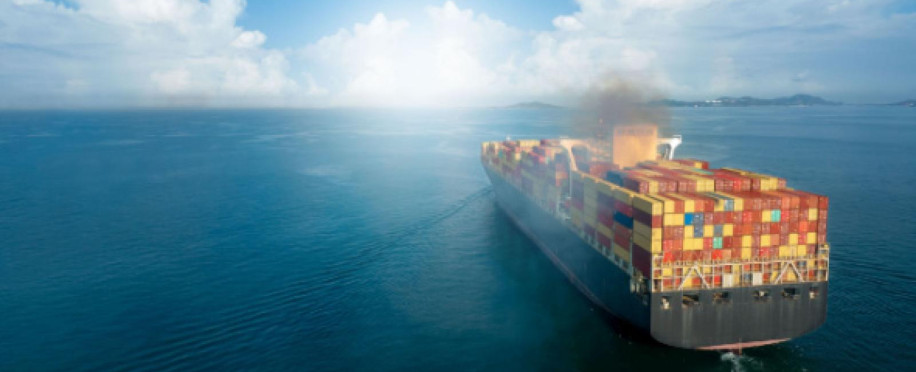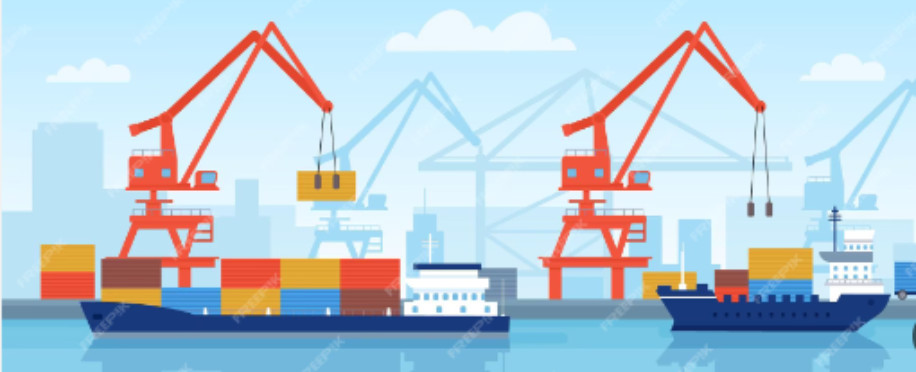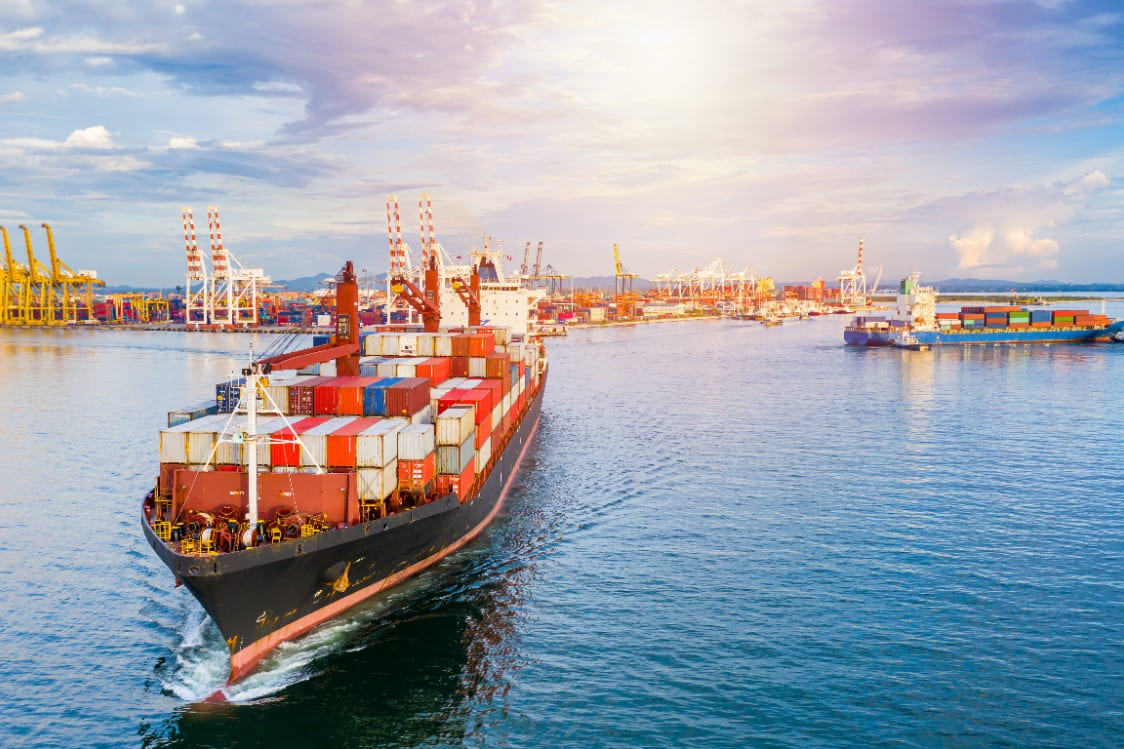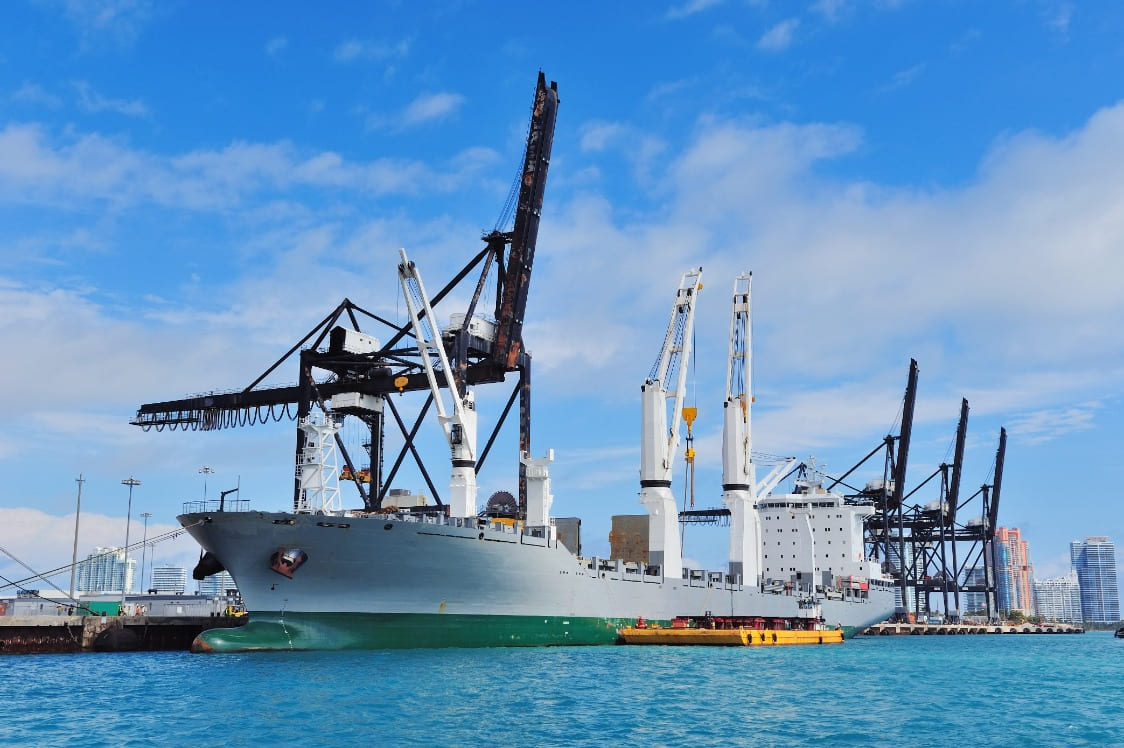Working and Rest Hours for Seafarers: An Analysis of STCW 78/95/2010 and MLC 2006

Posted on Mar 29, 2025 at 10:03 PM
It's safe to say that international trade has been established on very solid grounds; maritime shipping! Nevertheless, when we take a closer look, we find gaps in this strong foundation; there are distinct differences in how we can interpret the Maritime Labor Convention MLC 2006 and the Standards of Training, Certification, and Watchkeeping (STCW). These inconsistencies expose seafarers to issues of exploitative conditions, fatigue, and reduced safety.
Let's take a closer look at both these world-renowned conventions, the purpose of each and how seafarers can attain decent conditions of labor.
STCW 1995/2010 Convention
The STCW Convention establishes minimum standards for training, certification, and watchkeeping. It sets the tone for employment and rest hours, including:
- Regulation VIII/1 limits work to 14 hours in any 24-hour period and guarantees a minimum of 10 hours of rest, with rest periods divided into no more than two parts, one being at least six hours.
- Regulation VIII/2 mandates watchkeeping arrangements that support safe operations and adequate crew rest.
It sounds great on first glance; however, the STCW’s vague definition of "work" creates room for varied interpretations. Without clear guidance, shipowners may classify specific shipboard tasks as "non-work" to bypass the code.
Maritime Labor Convention MLC 2006
The Maritime Labour Convention MLC 2006, developed by the International Labour Organization (ILO) and adopted in February 2006 in Geneva, entered into force in August 2013. This conference consolidates previous laws and further addresses working and living conditions for seafarers worldwide.
How does it do that?
Well, to start things off, let's look at work/rest provisions:
- Regulation 2.3 mirrors STCW limits, restricting work to 14 hours and mandating 10 hours of rest per day. It adds stricter emphasis on documentation and transparency.
- Other parts of the Convention address medical care, accommodation, food, security, and social protection, establishing precise requirements for shipboard conditions.
- The MLC also introduces the Declaration of Maritime Labor Compliance (DMLC) and the Maritime Labour Certificate, which must be submitted by shipowners and maintained on board. Still, differences in how flag states and inspectors interpret these regulations lead to inconsistent enforcement across the global fleet.
Conflicting Interpretations of Work and Rest Hours
Now that you've got to know each convention on its own, this is where things get controversial. While both conventions demand fair conditions for seafarers, the broad spectrums of interpretations create a few conflicts, like:
Lack of Standard Definitions
Although both establish frameworks for working time, neither offers standardized definitions of "work" or "rest." Under the STCW, specific duties—such as drills, inspections, or administrative tasks—can be excluded from the workday, depending on interpretation. On the other hand, the Maritime Labor Convention MLC 2006 encourages more detailed documentation. Nevertheless, ambiguity persists.
This lack of comprehensive and precise regulation lets owners exploit differences in regulatory language and avoid full compliance, eventually causing seafarer abandonment.
Enforcement and Monitoring Challenges
Even when standards exist, they are often undermined by weak enforcement.
- Companies may maintain falsified records of hours to meet formal requirements without addressing real crew fatigue.
- Flag state and port state inspections differ in quality and rigor. Consequently, some vessels flagged under jurisdictions with limited oversight escape effective scrutiny.
These gaps in regulatory enforcement contribute to systemic problems across the shipping industry.

Impact on Seafarers
So what's the realistic result of these inconsistencies? Here are a few:
- Fatigue and exhaustion due to long working hours without proper rest affect safety, operational efficiency, and crew health.
- Prolonged fatigue leads to stress, anxiety, and burnout, compromising the mental and emotional well-being of crew members.
- A culture of silence often prevails, where seafarers avoid reporting violations due to fear of job loss or retaliation, especially when far from their respective home countries.
Shipping Companies, Labour Conditions, and Regulatory Responsibility
In reality, many commercial shipping companies prioritize cost-efficiency over crew welfare, especially in the absence of strong oversight. Shipowners are then tempted to operate vessels under flags of convenience, where labour standards are weak or inconsistently applied.
In this context, the role of labour organisations and unions becomes essential. These entities help protect workers’ rights, promote adherence to ILO conventions, and push for updates and guidance on the implementation of codes and titles within both the STCW and Maritime Labor Convention MLC 2006
How to Improve Working Conditions
Improving working conditions for seafarers requires a multifaceted approach rooted in international cooperation and strong regulation.
- First, the ILO and affiliated bodies must lead efforts to harmonize definitions of work and rest across both conventions. Standardized terminology will reduce the risk of conflicting interpretations and support more consistent global enforcement.
- Second, all vessels should be required to adopt electronic monitoring systems to log working and rest hours. Digital systems are more difficult to falsify and will help inspectors and stakeholders verify absolute compliance.
- Third, flag state audits and port inspections must be enhanced. Clear regulatory protocols and regular checks will increase pressure on shipowners to follow proper procedures and ensure adequate rest for their crews.
- Fourth, training initiatives should be expanded so seafarers can learn their rights under the STCW and MLC. Educational programs from a top Maritime training academy UK must equip seafarers with the tools to recognize noncompliance and report concerns safely.
- Fifth, fatigue risk management systems should be required for all operators. These systems must consider medical, physical, and psychological needs and ensure sufficient rest between shifts to support crew life quality and safety at sea.
- Finally, engaging with unions, labour organisations, and seafarers’ advocacy groups will strengthen compliance. These bodies help hold companies accountable and push for more transparent updates to existing codes and regulations.
Conclusion
The conflicting interpretations of work and rest hour rules within the STCW and Maritime Labor Convention MLC 2006 continue to compromise the rights, health, and safety of the world’s seafarers. Despite the strong foundation laid by these international conventions, inconsistencies in language, regulations, and enforcement practices expose workers to exploitation and fatigue. This is why every seafarer must learn about their rights while working on a ship and report any lack of compliance.
